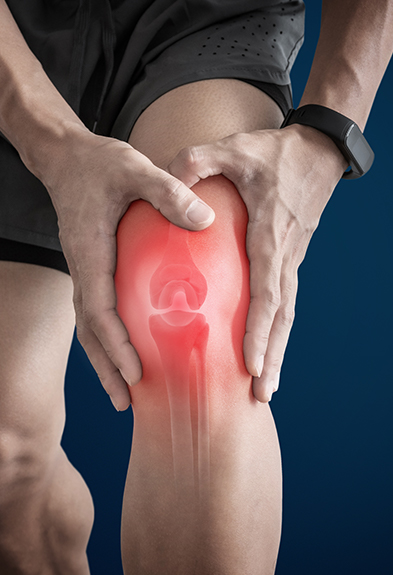HERO
WELCOME
Personalized Care
Tailored to Your Needs
We strive to provide the highest quality care using the latest technology and techniques combined with old-fashioned concern, respect and care for our patients. We promote integrative medicine which is a form of medical practice that integrates alternative medicine therapies with therapies practiced by mainstream medicine.
We consider it a privilege that you have chosen us to be your health care specialist. We would like to give you back hope, health and happiness.
We consider it a privilege that you have chosen us to be your health care specialist. We would like to give you back hope, health and happiness.
CTA
ABOUT
Health Care
What We Provide
Providing high-quality health care treatments and services, our patient's health and wellness will always be our priority. Alicja Steiner, MD APC offers excellent health care services.






















